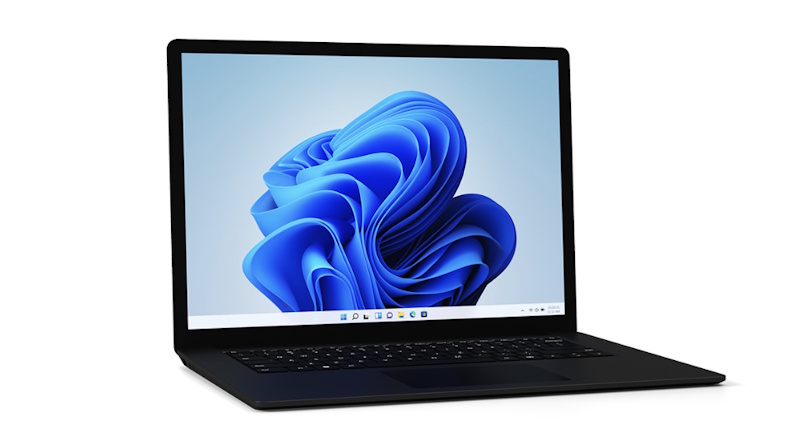The Microsoft Surface Laptop 4 was introduced on April 13, 2021, as the successor to the Surface Laptop 3. Designed for professionals, students, and creatives, this sleek and powerful notebook brought notable upgrades while maintaining the signature premium build and aesthetic that the Surface lineup is known for. But how well does it hold up today? Let’s take a closer look.
Key Upgrades Over the Surface Laptop 3

Microsoft made significant improvements with the Surface Laptop 4, addressing some of the shortcomings of its predecessor. Here are the biggest advancements:
- Choice of Processors: Unlike the Surface Laptop 3, which had Intel and AMD options but with noticeable performance gaps, the Surface Laptop 4 offered fully optimized Intel 11th Gen Core and AMD Ryzen 4000 Series processors. This resulted in improved efficiency, better battery life, and enhanced overall performance.
- Battery Life Boost: One of the most praised upgrades was the battery life. Thanks to better power efficiency, the Surface Laptop 4 could last up to 19 hours, a significant jump from the Surface Laptop 3’s 11.5-hour maximum.
- Improved Thermal Performance: The cooling system saw refinements, reducing overheating issues that were sometimes present in the Surface Laptop 3 models.
- Faster SSD Performance: Microsoft included faster solid-state drives (SSDs), leading to quicker boot times and seamless multitasking.
- Enhanced Webcam and Audio: The 720p HD webcam offered clearer video for virtual meetings, while Omnisonic speakers with Dolby Atmos provided a richer audio experience.
What Users Loved the Most
Surface Laptop 4 continued Microsoft’s tradition of premium craftsmanship, and users particularly appreciated:
- Sleek and Lightweight Design: Weighing just under 3 pounds and featuring an ultra-thin aluminum body, the Surface Laptop 4 was both stylish and portable.
- PixelSense Display: The 13.5-inch and 15-inch high-resolution touchscreens (2256 x 1504 and 2496 x 1664) delivered sharp visuals with a 3:2 aspect ratio, perfect for productivity and content creation.
- Alcantara Keyboard Option: Users could choose between an aluminum or Alcantara fabric-covered keyboard deck, providing a soft and comfortable typing experience.
- Silent Performance: Thanks to optimized cooling, the laptop ran quietly even under moderate workloads.
The Power Behind the Machine: CPU Options
Microsoft gave users two choices of processors, catering to different performance needs:
- Intel Models: Powered by Intel’s 11th Gen Core i5 and i7 (Tiger Lake) processors, these versions offered strong single-core performance, ideal for demanding tasks like photo and video editing.
- AMD Models: Equipped with custom Ryzen 5 4680U and Ryzen 7 4980U chips, these versions provided better multi-core performance and power efficiency, making them excellent for extended battery life and everyday multitasking.
Windows Experience: A Productivity Powerhouse
Out of the box, the Surface Laptop 4 shipped with Windows 10, but it was fully compatible with Windows 11 upon release. The intuitive touchscreen, Windows Hello facial recognition, and Microsoft 365 integration made it an excellent choice for both work and personal use.
Even today, with Windows 11 updates improving performance and usability, the Surface Laptop 4 remains a reliable and versatile device.
Is the Surface Laptop 4 Still Relevant Today?
Absolutely! Even with newer models available, the Surface Laptop 4 holds up well for everyday users. It remains a solid option for students, professionals, and casual users who want a premium laptop without breaking the bank. Given its build quality, impressive battery life, and balanced performance, it continues to be a great value in the premium laptop space.
Final Thoughts
The Microsoft Surface Laptop 4 refined the winning formula of its predecessor, offering better performance, battery life, and overall user experience. While newer Surface devices have entered the market, the Surface Laptop 4 remains a strong contender for those seeking a stylish, lightweight, and powerful laptop. Whether you’re working from home, attending virtual meetings, or simply browsing the web, this device still delivers in 2025.